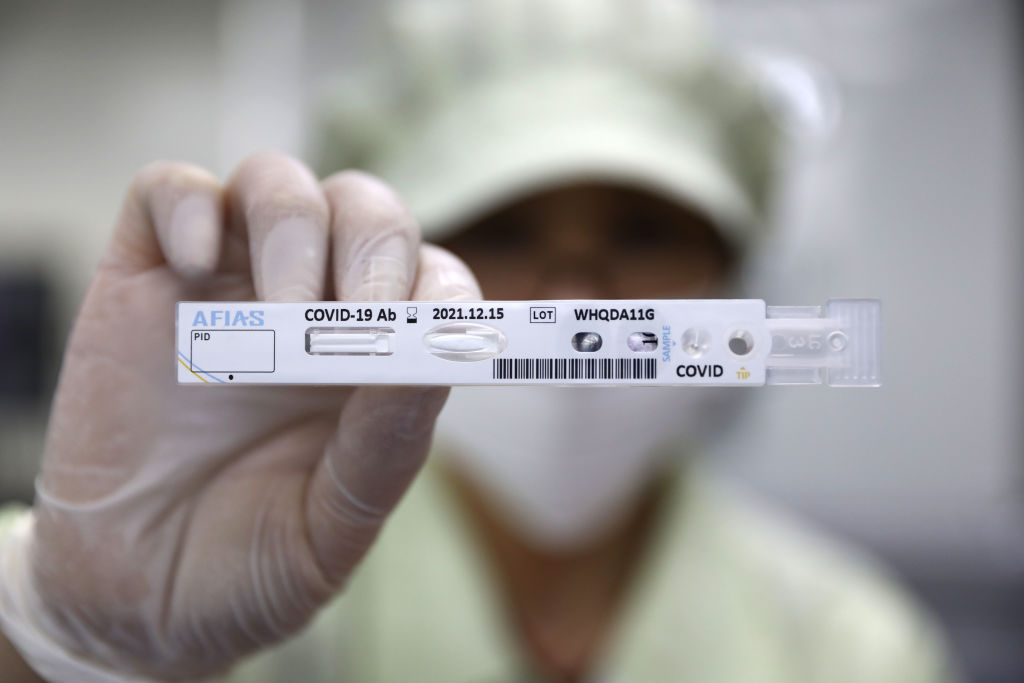Italy was the first country in Europe to implement lockdown, so what can we learn from the country’s attempt to impose restrictions to stamp out COVID-19? And what does Italy’s experience of finding a path out of lockdown teach other nations as they emerge out of lockdown?
Ten towns in the province of Lodi, Lombardy, and one town in Veneto were designated areas or ‘red zones’ on February 23, 2020: two days after the first COVID-19 death and three days after the identification of the first autochthonous case of COVID-19 (i.e. a case which could not be linked to contact with outsiders). By the time Italy’s prime minister Giuseppe Conte announced the complete national lockdown — the ‘orange zone’ — on March 11, there were 12,482 cases and 827 deaths. In a progressively attenuated form lockdown continues to this day.
The lack of pandemic preparedness against a backdrop of media-fueled hysteria due to the initial explosive nature of the European pandemic reflected the decisions taken. Whatever we may think of the wisdom and the impact of such drastic measures, now is not the time to point fingers and blame politicians for making difficult decisions in times of unforeseen crisis. We should look at what has changed. And ask questions of whether another generalized or local lockdowns is justified by our current situation and how prepared we are for a future outbreak.
After eight weeks of restrictions, the lockdown in Italy was eased on May 4. Italians emerged cautiously. In small numbers, Italians visited their relatives; factories and building sites opened, but schools and churches remained closed. Most were preoccupied with tasting the first bar-made coffee in months. By June, anxieties were easing: cases were down to only 200 a day. However the social custom of embracing and shaking hands with friends, fundamental to the Italian way of life had dissipated in a short period of time.
Through the summer ‘weak positives’ cases (i.e. where only a small amount of the virus was detected) increased, but admissions and deaths continued to fall. It appeared that those who tested positive had fewer viruses in their bodies. In Lombardy, the proportion of weak positives was around 50 percent of the total cases and the proportion is increasing. Admissions in the region were few and far between and deaths thankfully ever rarer.
Understanding the role of ‘weak positives’ and the threat posed by them is vital to answering the question of what happens next. Unpublished Italian evidence suggests less than three percent are infectious. Fourteen other studies of the relationship between infectivity and PCR results point in the same direction. However the impact of announcing a number of new ‘positives’ continues to arouse public fear.
[special_offer]
Imported cases and the role of asymptomatic people partly explain the continued circulation of endemic viruses. Purely announcing new ‘positives’ tells us very little. A reliable test would inform us of whether a ‘positive’ case is infectious, with a reasonable degree of certainty.
In August, cases have risen, testing is on the increase. The government, scarred from the effects of early March, swiftly instigated restrictions. Nightclubs have closed, face masks are mandatory in crowded areas. Yet amid these rushed decisions to reimpose restrictions, there is little we know for certain. There is no universally accepted case definition of what constitutes COVID-19, given that one person’s illness can be different from another’s (as ‘weak positive’ results indicate, the level of the virus detected can vary substantially).
As a result, the number of cases should not be the main driver of future lockdowns. Italian wine has been turned into hand gel; tourists have gone missing; churches, while open, are sparsely attended. The Italian way of life may have just changed forever. Our memories soon fade, but we need to remember the context in which lockdowns were first used. A Lombardy-type situation may arise again, but cogent decisions can only be made if we know what we are doing.
This article was originally published onThe Spectator’s UK website.

























